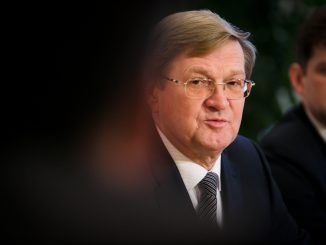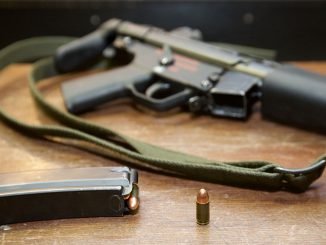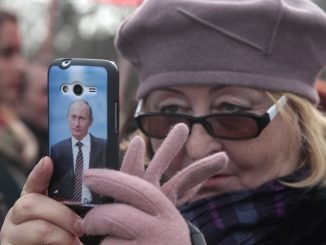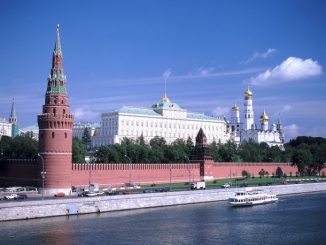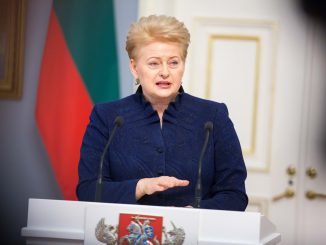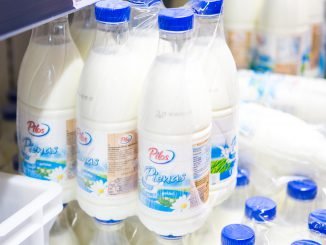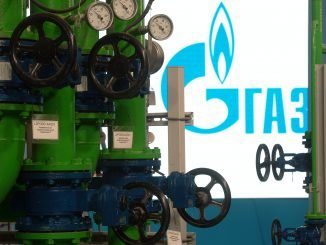Operating since 2015, the Eurasian Economic Union formed (EEU) over a relatively short period of time, and passed through all three stages of integration – from the customs union established in 2010 to the single market in 2012, culminating with the integrated economic union, which included coordination of the individual state economic policies starting in 2015. In principle, this inclusive structure and institutional framework is very similar to the European Union (EU), the difference being that the latter’s integration process, covering not only the single internal market but also various policies, took place over almost 40 years. The integration process arises from the bottom up. […]


